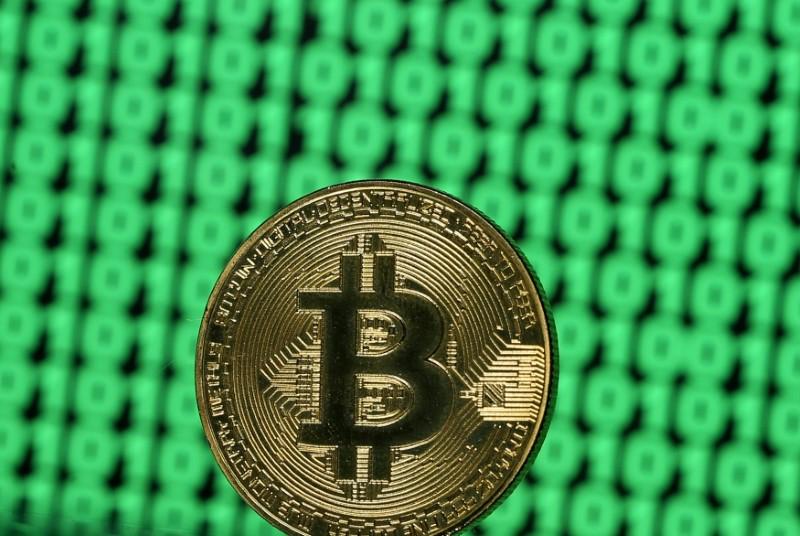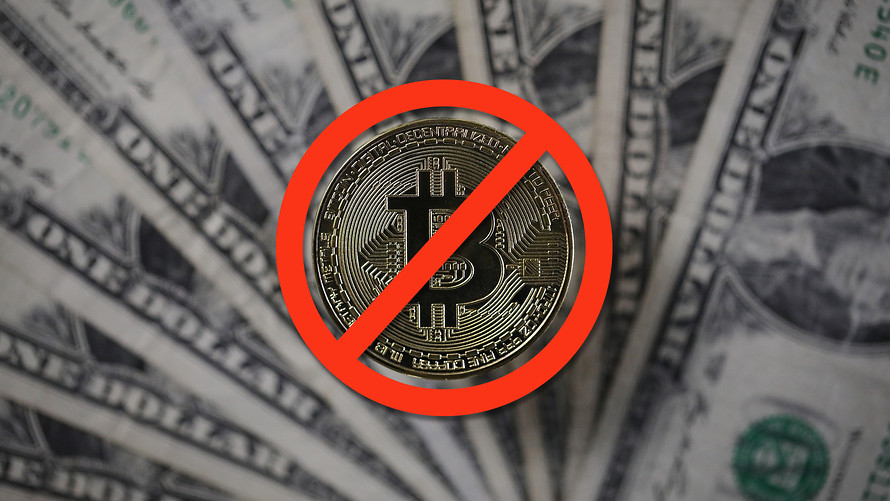The craze for cryptocurrency can be explained by a host of factors: the allure of getting rich quick; the attraction of off-the-grid accountancy for malefactors like tax evaders and drug dealers (though Bitcoin is traceable); the glamour of the new. Despite blockchain currencies’ wild volatility thus far, I’d still posit that the more underlying attraction is to a reliable store of value. Bitcoin investors may not recognise their motivation as such, but the impulse behind computer-generated currency is revolutionary: to take the production and control of money away from government.
Now that we live in a world of 100 per cent fiat currencies — backed by nothing — governments can print their hearts out, and they do. The rounds of quantitative easing since 2008 — money-printing on Red Bull — may not seem to have produced the inflation many a conservative economist predicted. But they have. Asset bubbles like London and New York property markets, fine art, collectibles, equities — hitting historic highs — and Bitcoin itself are all evidences of inflation. There’s too much money in the world right now, sloshing from investment to investment and bloating every bolt hole one can think of to stash with capital (an unholy proportion of which is founded on debt). Because it costs central banks nothing to turn on the pumps.
What makes the likes of Bitcoin extraordinary is that the currency is limited in quantity, thus functioning more like precious metals. Producing a single Bitcoin requires so much computing power that environmentalists have criticised the process as cataclysmically wasteful of energy. Further, every Bitcoin mined requires more computing power than the one before, meaning that the total coinage in circulation rapidly approaches an absolute mathematical limit.
Contrast that with fiat currencies. The smallest little child knows that keeping your capital in cash is a mug’s game. For years central banks have cheerfully informed us that they aim for an inflation rate of 2 per cent. (Mind, at only 3 per cent — which the UK’s CPI currently exceeds — inflation will halve the value of your money in a mere 23 years.) The public has grown inured to the notion that a functional economy mysteriously requires their currency to rot like meat. This is a lie. One British pound in 1797 was worth about exactly the same amount in 1914 — bouncing up and down a bit, but averaging no inflation whatsoever for 117 years. The Industrial Revolution would qualify as economically functional. Enlarge the picture, and the pound took 164 years between 1750 and 1914 to roughly halve in value. Yet in the century since the first world war? The pound has plunged to the penny.
Source/More: Why cryptocurrency is the answer | The Spectator















